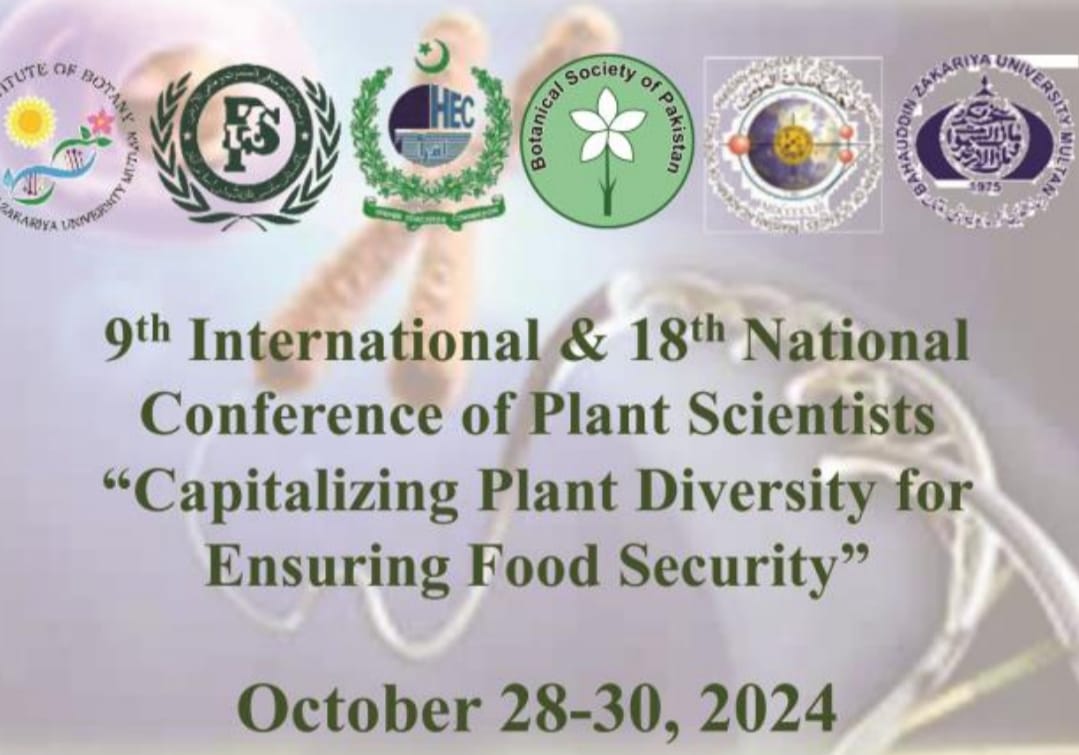
PJB-2025-340
FOLIAR APPLICATION OF GLYCINE BETAINE MODULATES YIELD, FRUIT QUALITY, AND ANTIOXIDANT PROFILE OF PEACH CULTIVARS
Sadia
Abstract
Peaches are highly perishable climacteric fruits, meaning they continue to ripen after harvest, often leading to a rapid loss of quality due to high rate of respiration and ethylene. This study investigated the individual and interactive effects of cultivar selection and foliar application of glycine betaine (GB) on various fruit quality, yield, and biochemical attributes in peach. Two cultivars, 'Early Grand' and 'Florida King', were treated with different concentrations of GB (0, 3, 4.5, and 6 g L⁻¹). The results demonstrated that both cultivar and GB concentration had significant individual main effects on all measured parameters, while their interaction was significant for antioxidant activity, anthocyanin, carotenoid, phenol content, and electrolyte leakage. 'Early Grand' was superior in reducing fruit drop, increasing fruit yield, firmness, antioxidant activity (DPPH), and levels of anthocyanins, carotenoids, and phenols. Conversely, 'Florida King' produced significantly heavier, larger fruits with greater volume. GB application consistently enhanced most quality metrics in a dose-dependent manner. The 6 g L⁻¹ GB treatment was most effective, significantly reducing fruit drop and electrolyte leakage while maximizing fruit weight, size, volume, firmness, yield, and the concentration of antioxidants, anthocyanins, carotenoids, and phenols compared to the control. The results indicate that foliar application of glycine betaine, particularly at 6 g L⁻¹, is a highly effective strategy for improving the yield, quality, and nutritional profile of peach fruits, with 'Early Grand' showing a stronger positive response in most biochemical traits.
Keywords: Antioxidants, firmness, anthocyanin, glycine betaine, quality, peach
To Cite this article:


